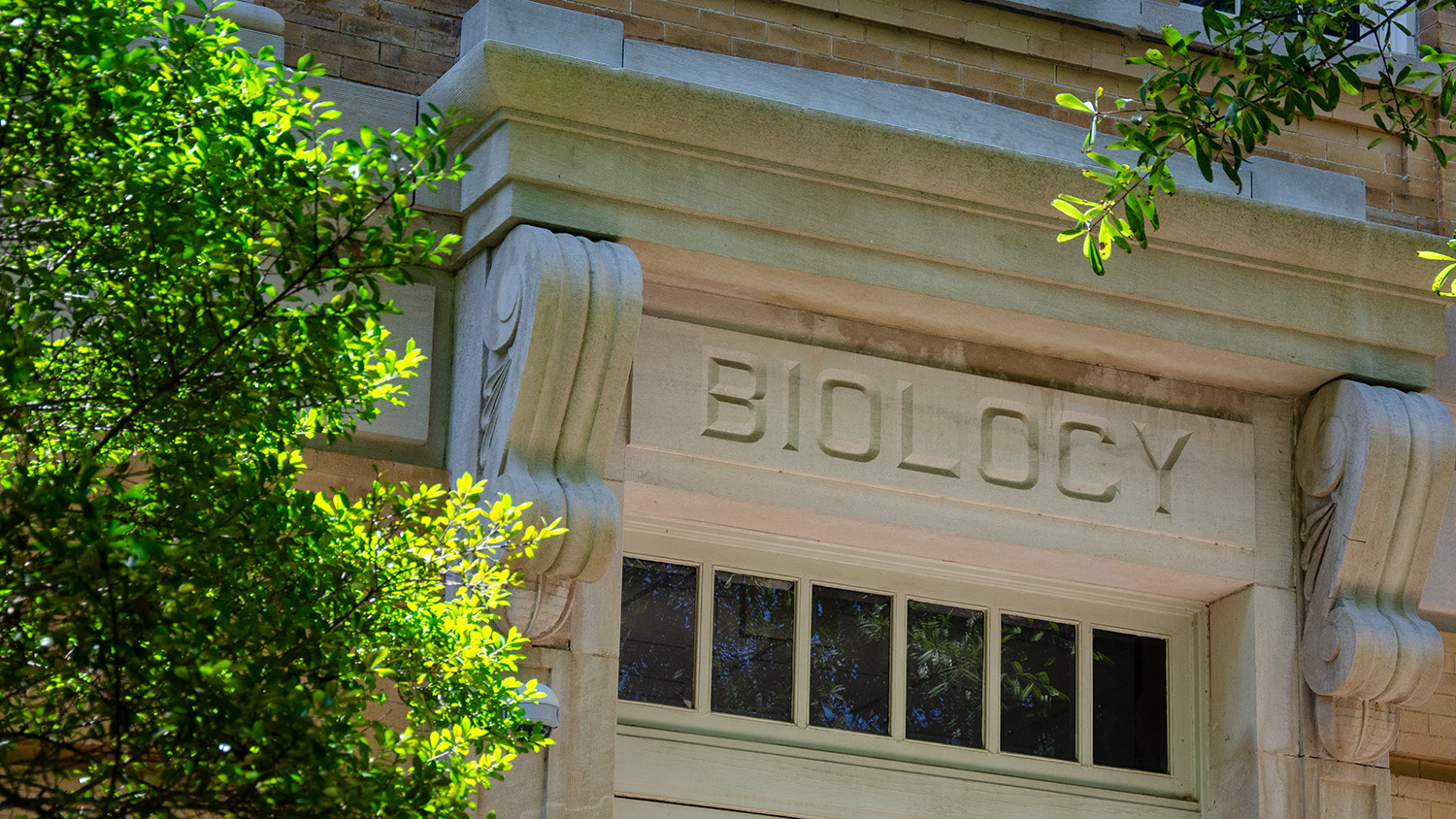Dr. Eugene Allen Smith initiated the Mohr Herbarium in the late 19th century when he was State Geologist. The oldest specimens in the collection date to 1840, specimens collected by Samuel Botsford Buckley (1809-1884) while serving as a school principal (1839-1840) in Wilcox County.
Over 400 of Dr. Smith’s specimens, which had never been mounted, are now being added to the collection. They were collected by Dr. Smith in Germany and the Alps while he was in graduate school there just after the Civil War.
Dr. Smith contracted with Mr. Charles Mohr, a Mobile pharmacist, who had amassed a fairly large collection of plants from the Mobile area. The contract was for Mr. Mohr to prepare a flora of Alabama. Mr. Mohr collected throughout the State, placing about 4500 specimens in the “normal herbarium,” the name by which Mohr referred to the herbarium. Following Mohr’s death, the Museum staff named the herbarium in his honor. The Mohr Herbarium formed the basis for Plant Life of Alabama which was published in 1901 just two weeks after Mohr’s death. It is the only flora of the state yet published.
Judge Thomas Minott Peters was an Alabama supreme court justice after the Civil War and an avid amateur botanist. We have ten collections of Peters from the Mohr Herbarium including the rare fern, Trichomanes petersii, which was discovered by Peters and later described by Asa Gray who named the species for Peters. We also have Peters’ collections that are not mounted on separate sheets, but rather glued onto the pages of collection books. We have six books of lichens, seven books of fungi, and three books of the difficult sedge genus, Carex, that Peters donated to The University of Alabama, his alma mater.
Between 1870 and 1902 Dr. Herbert H. Smith (1851 – 1919) with his wife, Amelia “Daisy” and son, Edward lived and collected in Brazil, the Caribbean and Colombia. We have recently added a set of 90 ferns they collected in Colombia to the herbarium. In 1910 Dr. Eugene A. Smith hired Dr. Herbert H. Smith as curator of the Alabama Museum of Natural History. Herbert lost his hearing. As he was walking to work, he was hit by a train. The place is known as “Smith’s Crossing.” Daisy succeeded him as curator.
After Mohr’s death, Dr. Eugene A. Smith hired Roland M. Harper (1878 – 1966) as a botanist and geographer for the Geological Survey of Alabama. He did not drive but collected by travelling by train and on foot. Though most of his collections are at the Smithsonian we have about 600 in the herbarium.
Lepidopterist and herpetologist Dr. Ralph L. Chermock (1918 – 1977), Professor of Biology, founded the University of Alabama Herbarium in the 1950’s. Dr. Chermock and his wife, Ottilie, added about 1300 specimens. Ottilie’s parents, C.D. & O.L. Cheney, added a number from Arizona.
The collection began to grow in the late 1950’s when Dr. Joab Thomas came to the University and assumed curatorship of the herbarium. Dr. Thomas and his students concentrated on Mobile County, Bankhead National Forest, and the Blackbelt Region of Alabama. During this time, the Mohr Herbarium was placed on permanent loan to the University Herbarium.
